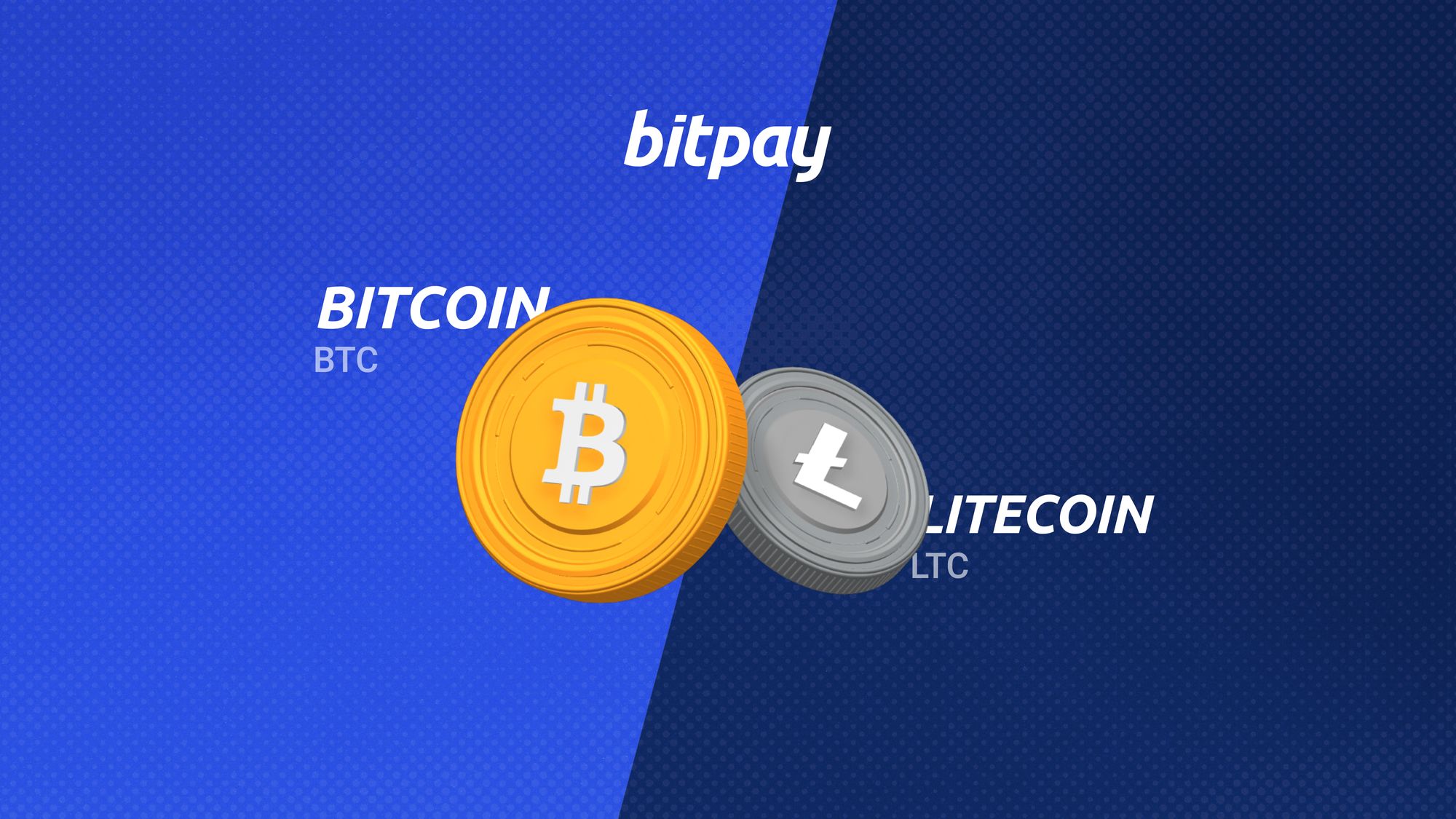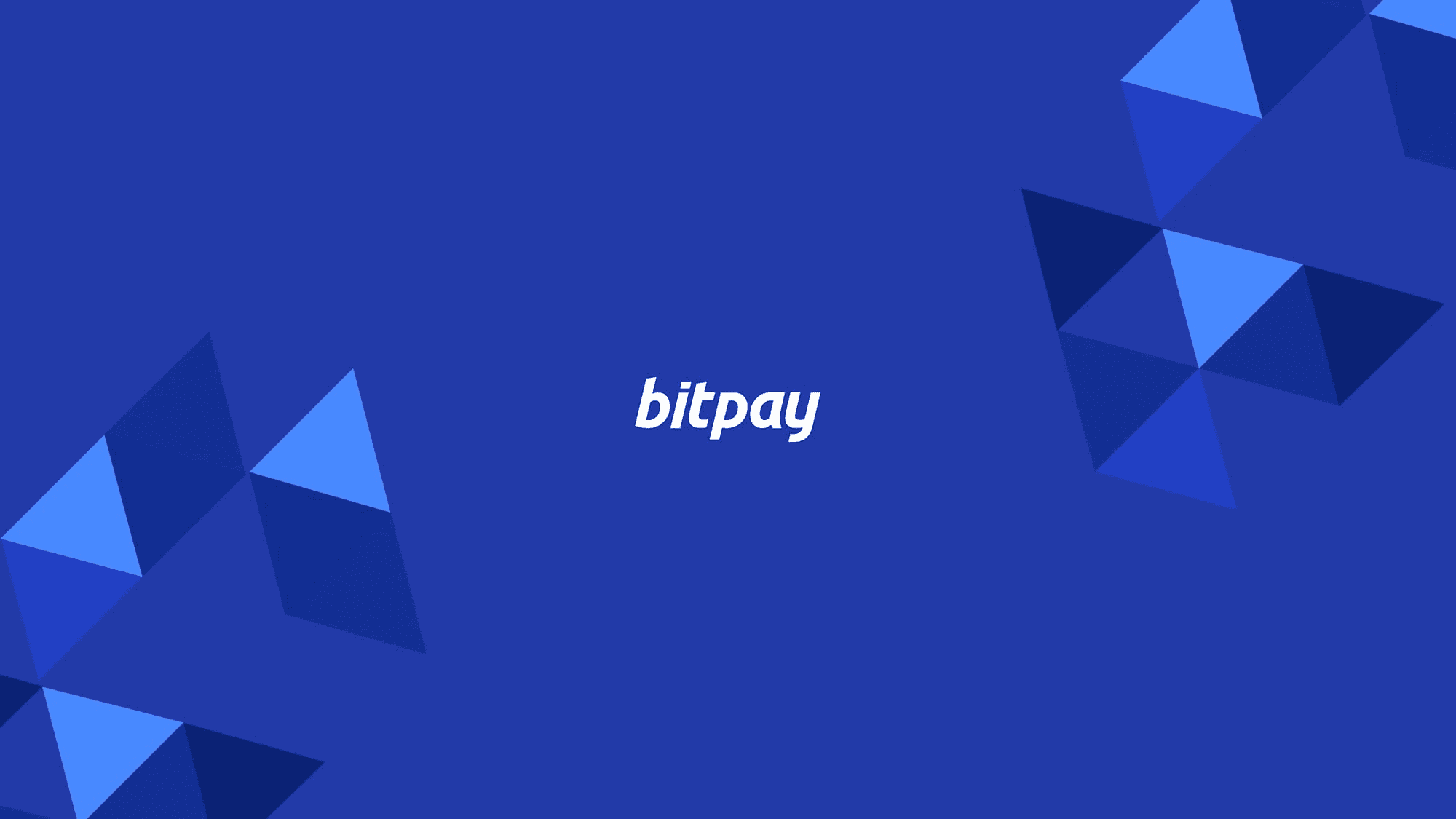April 21, 2023
Bitcoin (BTC) vs Litecoin (LTC): How They Differ for Transactions, Technology and Investments
The Important Bits
Bitcoin and Litecoin are two widely-used and well-known cryptocurrencies. Bitcoin was introduced via a 2008 whitepaper written by a still-unknown individual or collective named Satoshi Nakamoto. Three years later, Litecoin was created as a “fork” of Bitcoin utilizing the network’s source code to create an entirely new cryptocurrency. This gives Litecoin the distinction as the very first “altcoin”, a category of cryptocurrency encompassing anything other than Bitcoin.
Litecoin was created to address some of the Bitcoin Network’s shortfalls, including transaction speed and network capacity. The two cryptos share many similarities, but also a number of clear differences when it comes to how they were created, how they’re spent and how good investments they make.
Bitcoin and Litecoin are two widely-used and well-known cryptocurrencies. Bitcoin was introduced via a 2008 whitepaper written by a still-unknown individual or collective named Satoshi Nakamoto. Three years later, Litecoin was created as a “fork” of Bitcoin utilizing the network’s source code to create an entirely new cryptocurrency. This gives Litecoin the distinction as the very first “altcoin”, a category of cryptocurrency encompassing anything other than Bitcoin.
Litecoin was created to address some of the Bitcoin Network’s shortfalls, including transaction speed and network capacity. The two cryptos share many similarities, but also a number of clear differences when it comes to how they were created, how they’re spent and how good investments they make.
Bitcoin and Litecoin are two true OGs in the world of cryptocurrency. Bitcoin’s 2009 launch catapulted cryptocurrency into the public consciousness, and it remains the highest valued crypto by market cap. Litecoin was spun off from Bitcoin in 2011, and is considered one of the earliest “altcoins”. Although Bitcoin and Litecoin have many things in common, they also have some important differences. Dive into our BTC vs LTC guide to learn more.
At a glance: What’s the difference between Bitcoin (BTC) and Litecoin (LTC)
Bitcoin burst onto the global financial scene with the publication of a 2008 whitepaper detailing its technical specifications, released by an unknown person or group known as Satoshi Nakamoto. Although it would remain relatively niche for several years, Bitcoin’s launch birthed a decentralized digital currency revolution, forever changing how value is sent around the world.
Once a new technology is out there, people inevitably start looking for ways to improve upon it. Soon after Bitcoin’s launch, a former Google engineer named Charlie Lee became fascinated with Bitcoin, and set out to see if he could address some of its limitations. Litecoin launched in October 2011 as the first “fork” of the Bitcoin blockchain, meaning it’s based on Bitcoin’s source code with some modifications and updates.
Similarities between Bitcoin and Litecoin
Both Bitcoin and Litecoin are decentralized cryptocurrencies that function outside of the authority of any central regulatory body. They can both be bought, sold or traded on crypto exchanges, converted to cash, and both enable rapid peer-to-peer (P2P) exchange of value anywhere in the world. They also both have a finite supply, though Litecoin’s maximum is 4 times higher than Bitcoin’s. LTC and BTC are both popular to exchange for goods and services, so many merchants accept direct payments in either cryptocurrency.
Bitcoin vs Litecoin: How the two historical coins differ
The two well-known cryptocurrencies share many similarities, but also some crucial differences that actually make them quite different both in makeup and function.
The first and most obvious difference is their value. Prices for both fluctuate like with any other crypto (besides stablecoins). However, Bitcoin is consistently valued considerably higher than Litecoin. . Bitcoin and Litecoin reached new all-time highs in 2021, with Bitcoin topping $68,000 per coin and Litecoin only pennies shy of $413. The steep price difference is due in large part to simple supply and demand. Bitcoin has a hard cap of 21 million, meaning that is the maximum total number of Bitcoins that will ever exist. Of those, more than 19 million have already been mined. Litecoin on the other hand has a fixed supply of 84 million, with around 11.5 million as-yet-unmined.
BTC and LTC both use a Proof of Work consensus method for adding new transaction blocks to their respective blockchains, but they use different mining algorithms. Bitcoin employs the SHA-256 algorithm, which is resource intensive and requires miners to use massively powerful computer hardware to solve complex math problems. Litecoin, on the other hand, uses the comparatively new and much lighter weight Scrypt algorithm, which enabled users to mine Litecoin using their own personal computers.
The difference in algorithms translates to much faster transaction times for the Litecoin network, where new blocks are generated around 4 times faster than Bitcoin’s (2.5 minutes per block for LTC vs. 10 for BTC). This reduced block creation time gives Litecoin an edge over Bitcoin when it comes to making crypto payments and transactions.
The cryptocurrencies also show their differences when it comes to block rewards, the payments made to crypto miners for completing new blocks of verified transactions. On the Bitcoin network, the bounty for each new transaction block is currently 6.5 BTC. Litecoin’s block reward stands at 12.5 LTC. Both networks go through a process known as “halving” at recurring intervals, during which block rewards are reduced by half. Litecoin’s next scheduled halving is set to occur sometime in August 2023, and Bitcoin’s in April or May of 2024.
The steep price disparity has led to Litecoin seeing a rise in usage as a payment, while Bitcoin is most popular as a store of value, like a form of digital gold. Both cryptocurrencies have different prime use cases, but they are actually complementary to one another, not competitive.
Which is a better investment?
Like many of their cryptocurrency peers, the price of Litecoin and Bitcoin have been on a rollercoaster ride since their respective launches, experiencing both sharp peaks and steep valleys.
Using the four year period between September 2017 through September 2021, during which each coin hit its all-time-high, we can see how each coin has historically performed as an investment.
On September 1st, 2017, the price of Bitcoin was around $4,600, while the price of Litecoin was around $79. As of September 1st, 2021, the price of Bitcoin was around $47,000, and the price of Litecoin was around $183.
If someone had bought $1,000 worth of Bitcoin on September 1st, 2017, it would have been worth around $10,217 on September 1st, 2021, resulting in a ROI of approximately 921%. On the other hand, if someone had bought $1,000 worth of Litecoin on September 1st, 2017, it would have been worth around $2,315 on September 1st, 2021, resulting in a ROI of approximately 132%.
Depending on when and how much was purchased, both Litecoin and Bitcoin have increased in value enough to make even low-stakes investors into multimillionaires, returning many hundreds, or perhaps even thousands, percent ROI. So whether you are buying Litecoin or buying Bitcoin, each has proven to be a worthy investment for many. However, from a purely ROI perspective, Bitcoin’s stratospheric all-time high price dwarfs Litecoin’s.
Which is better for making payments?
Litecoin definitely had a major edge at inception as a leaner, faster version of Bitcoin. However since then there have been major advancements in layer-2 technologies for Bitcoin, leading to the 2018 launch of the Lightning Network payment protocol. This brought Bitcoin’s speed and transaction costs more in line with Litecoin. Even with the advent of the Lightning Network, however, Litecoin’s transaction fees are just a few cents compared to several dollars on average for Bitcoin. As mentioned above, Litecoin also has a faster transaction speed, with a block time of 2.5 minutes compared to Bitcoin’s 10. This means Litecoin is capable of processing 56 transactions per second, as opposed to approximately 7 per second for Bitcoin. Based on BitPay crypto payment statistics, Litecoin is consistently the 2nd most popular cryptocurrency used for making payments thanks to its fast confirmation times and low fees. Read more about the rise of Litecoin payments.
The bottom line
Bitcoin and Litecoin can be leveraged for a variety of purposes, both as an investment and a form of decentralized money for purchasing goods and services. They enjoy widespread name recognition, and are both among the earliest digital currencies to go mainstream. As such, a wide variety of merchants around the globe accept them as payment. At a glance the coins seem to have a lot in common, but once you dig into their historic prices, features and functions the differences become more clear.
FAQs about Bitcoin and Litecoin
You may still have a few unanswered questions about the differences between Bitcoin and Litecoin. Here are some answers to the most common inquiries we receive.
Are Bitcoin and Litecoin on the same blockchain?
Litecoin was created using a copy of Bitcoin’s source code, as opposed to a true fork. This means their respective blockchains record transactions separately and do not share the same genesis block, the very first block of transactions in any blockchain-based protocol.
Do I need two separate wallets to hold Bitcoin and Litecoin? Are Litecoin and Bitcoin wallets the same?
Users can hold their Bitcoin and Litecoin in the same software, hardware or mobile wallets. However, you cannot send Bitcoin to a Litecoin wallet address, nor Litecoin to a Bitcoin wallet address, as the coins use different protocols. There are Litecoin-only and Bitcoin-only wallets available, but many of the most popular wallet applications support multiple cryptocurrencies.
Can I swap Litecoin and Bitcoin?
Bitcoin and Litecoin can both be swapped from most major exchanges and self-custody wallets, including the BitPay Wallet. You can learn more about swapping cryptos with BitPay right here.
Is Litecoin a fork of Bitcoin?
Litecoin was created as a fork of the Bitcoin network’s source code with the primary aim of improving speed and scalability.
More comparisons of popular cryptocurrencies:
Note: All information herein is for educational purposes only, and shouldn't be interpreted as legal, tax, financial, investment or other advice. BitPay does not guarantee the accuracy, completeness, or usefulness of any information in this publication and we neither endorse, nor are we responsible for, the accuracy or reliability of any information submitted or published by third parties. Nothing contained herein shall constitute a solicitation, recommendation, endorsement or offer to invest, buy, or sell any coins, tokens or other crypto assets. BitPay is not liable for any errors, omissions or inaccuracies. For legal, tax, investment or financial guidance, a professional should be consulted.





